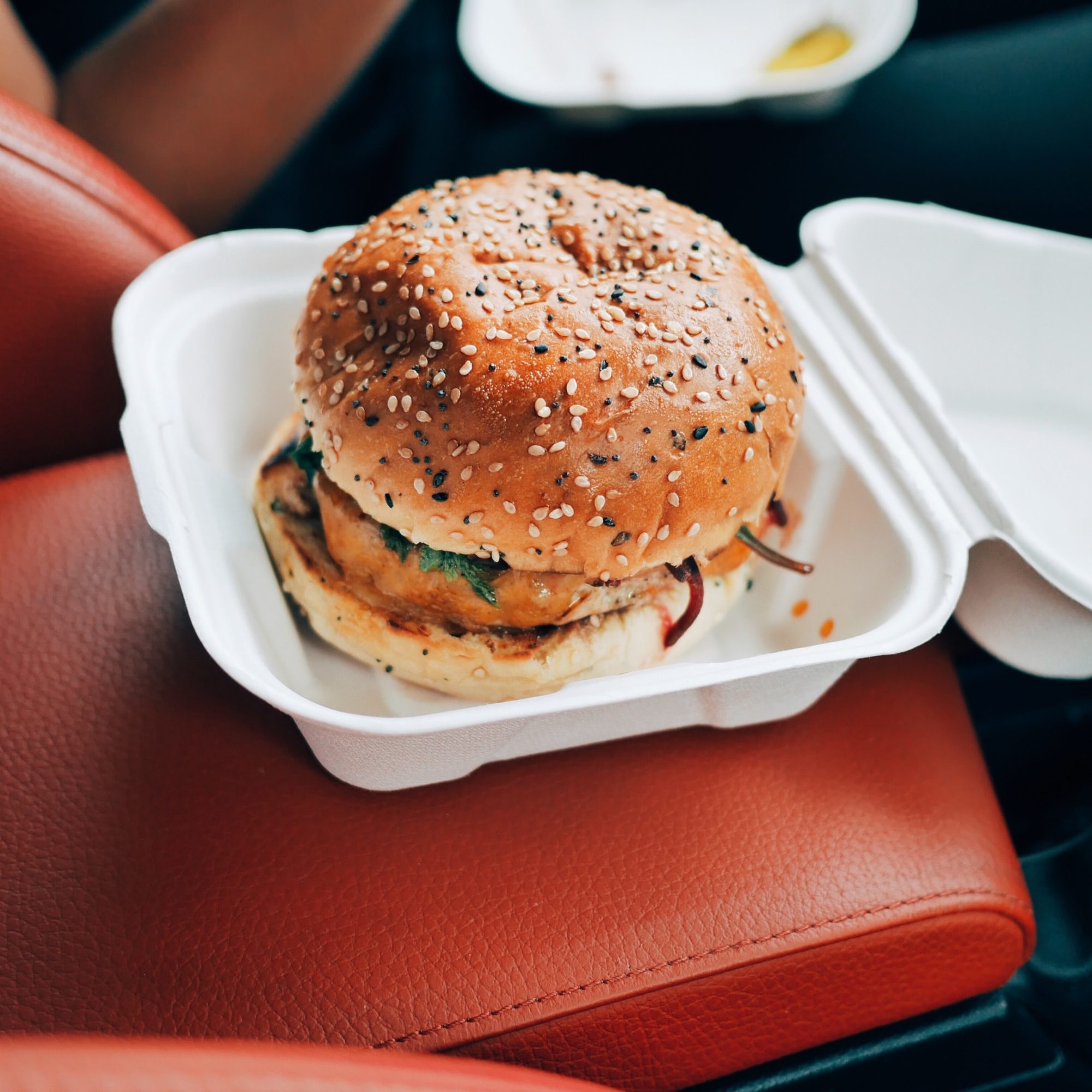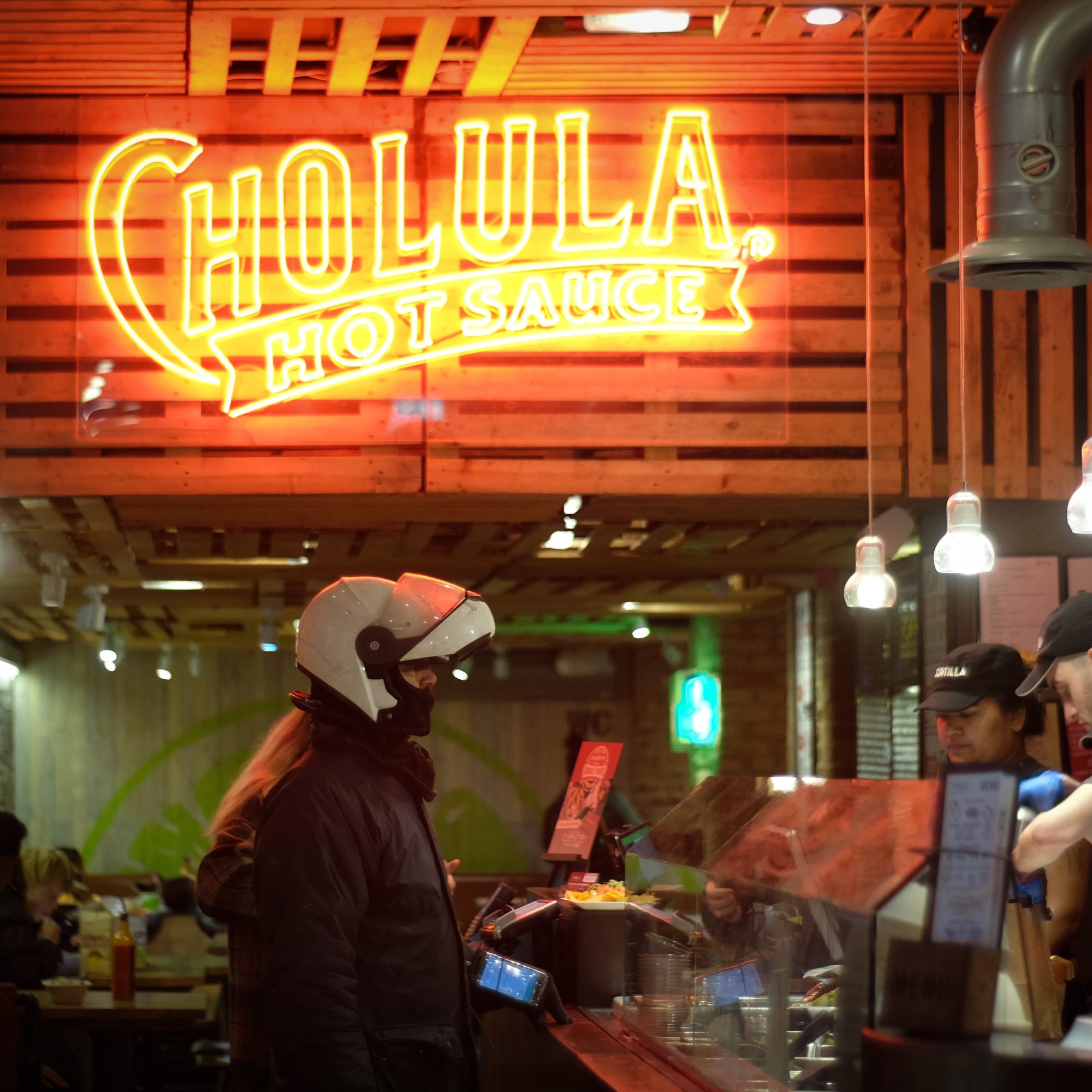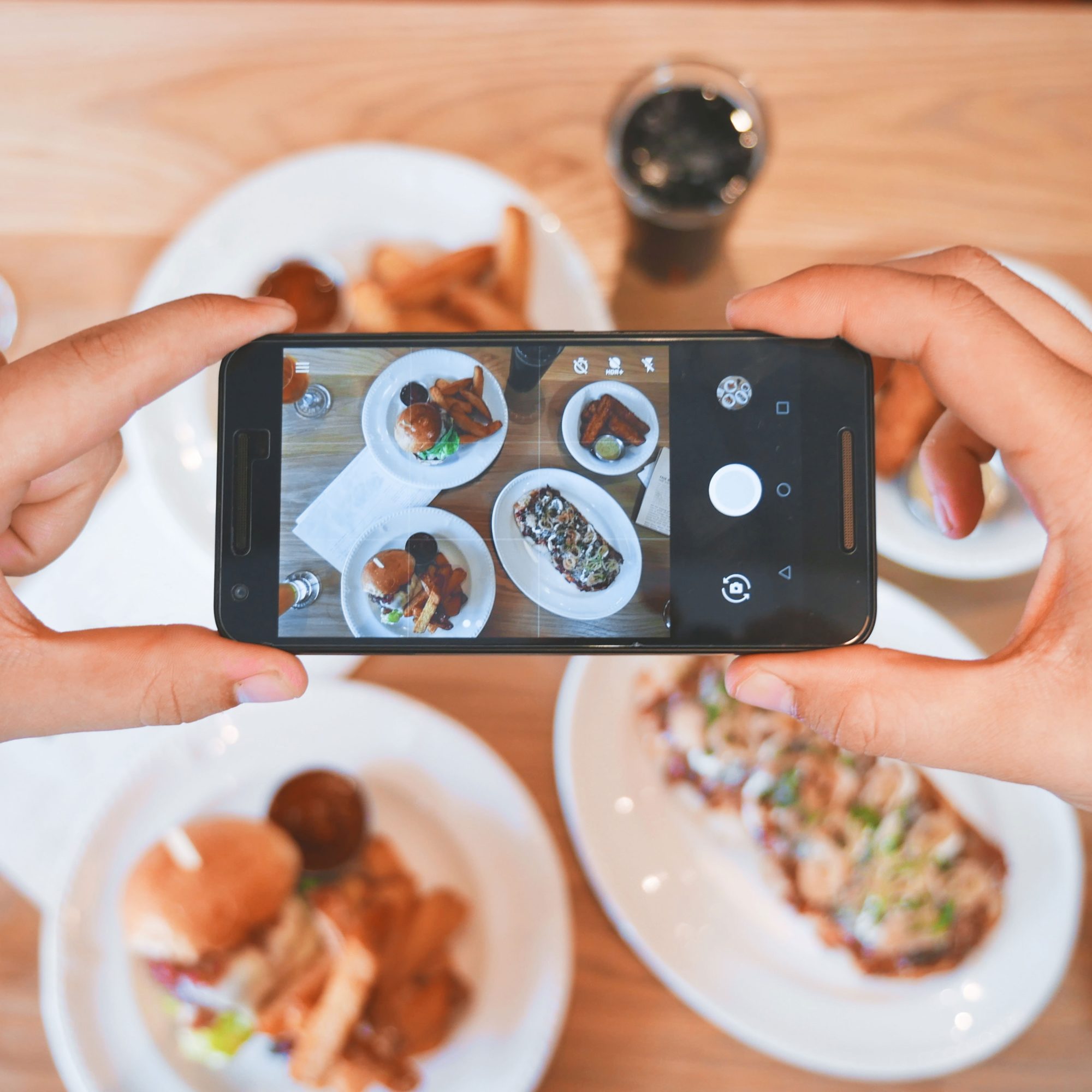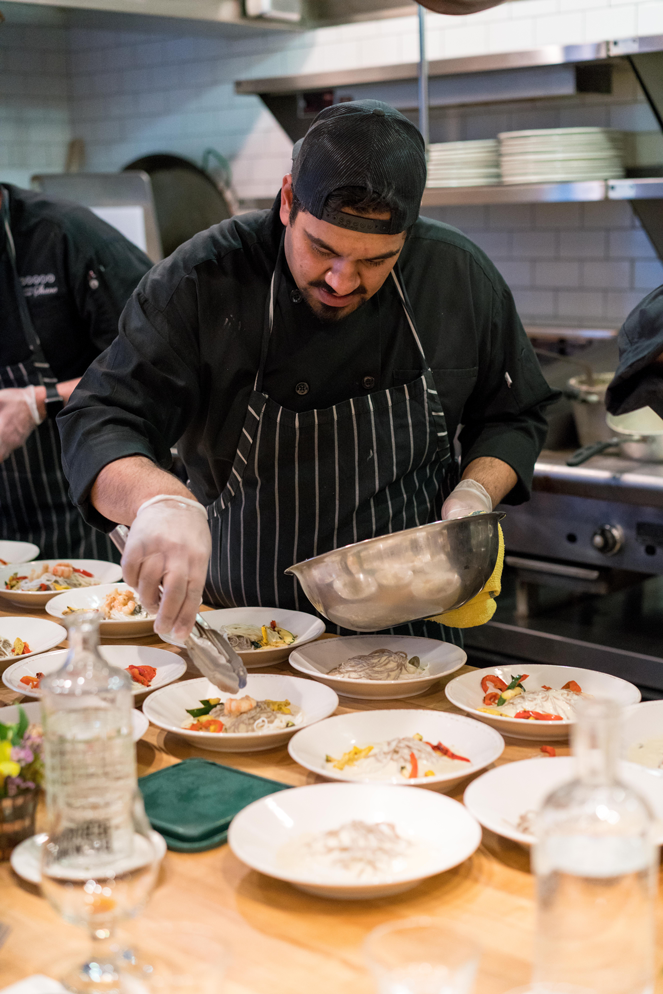Tips for Running Your Restaurant during the COVID-19 Crisis
There’s no question that life as we know it has been upended in all corners of the world. Owners and operators in an industry that’s arguably been hit hardest by the coronavirus outbreak have had to get creative in adapting to this new normal.
xtraCHEF exists to serve the restaurant industry, in both good times and bad. With our close connections to our customers and many of our employees coming from the industry, we feel especially connected to the struggle that our community is facing right now and are committed to creating resources for you to lean on for support.
In that spirit, we’ve compiled some ideas and tips for how restaurants can make small changes that can have a big impact on their bottom line in the coming weeks.
Pivot to delivery and take-out only
For restaurant operators in most major cities, take-out and delivery are the only options to remain open. If take-out and delivery are new to your concept, it’s important to consider your options for facilitating them. You’ll need to weigh whether to execute in-house vs. utilizing third-party delivery services like Caviar, GrubHub, or DoorDash. Should you choose to accept online orders from third-party delivery services, you’ll need to get those orders into your POS system. Services such as Chowly and ItsaCheckmate aggregate and integrate those orders into the most popular systems.
For a quick solution, consider Toast Now, a new offering from our partners at Toast that gives you access to on-demand digital channels like online ordering, delivery, take-out, and e-gift cards to help your business adapt. The best part is that it’s completely free of charge: There’s no hardware or POS purchase required, and no commissions are taken out of your sales.
Safety should be top-of-mind both for your customers and your employees. Be sure to take extra sanitary precautions for people picking orders up, like only allowing pickups at the front door or a designated window rather than letting customers inside. If that’s not possible in your setup, only service one customer at a time inside to avoid crowding and lines. You may also consider a curbside approach, taking orders directly to customers’ cars.
Restaurants that typically rely heavily on dine-in traffic may find they aren’t fully equipped with everything one needs for a to-go business. If you’re finding that you’re low on take-out packaging, consider offering reusable items, like Mason jars, that customers can bring back to the restaurant when picking up their next order for a credit or free item.
Low on both disposable and reusable containers? Try collaborating with your local community: Who do you know who may have materials to spare? What can you barter or trade to get what you need?
Retool your concept
Fine dining establishments may be able to adapt to a tweaked concept quickly with some creativity. For example, let’s say you operate a steakhouse and have a significant amount of wagyu ribeye in your inventory. It’s likely one of the most expensive items in your inventory, but it may be an unlikely order for pick-up.
In that case, how can you get innovative in figuring out ways to utilize that product? Maybe it’s a wagyu cheesesteak, an item that’s much easier to package and deliver. Your customers already know and trust you for your quality — they’ll likely support you whether you’re serving them bagels, burgers, or bolognese.

Make the most of your inventory
Make the most of what you already have on hand before placing another order with vendors, especially when it comes to perishable items. Take inventory now, even if you already have a routine schedule for your counts.
Calculate the value of those on-hand items, and prioritize their usage according to value and expiration. Access to a restaurant inventory management tool will help you get these insights much quicker than doing things manually.
Know what you have on hand that will spoil most quickly, as well as what is most expensive. Retool your recipes — like the wagyu ribeye example — to monetize those assets before they go bad. After all, reducing food waste helps you better control your restaurant food costs.

Limit your menu
In a time where every single dollar will make a difference, monitoring plate costs is more important than ever. Utilize software that offers recipe management for real-time insight into your most profitable menu items, and use the data to see what menu items are worth keeping on your menu to maximize profits right now. You may even test new recipes or family meals to evaluate for cost and profitability.
Remember to make your limited menu as delivery-friendly as possible. What items will require the least time and effort to execute? What’s easiest to pack to-go and can be reheated? Items that tend to hold up best for delivery and take-out are sandwiches and wraps, soups, salads, rice bowls, and soft-shell tacos.
Communicate with customers
Once you’re up and running with adjustments in place, be sure to let your customers know! Update your website to reflect your limited, adapted menu so customers know what’s available for purchase. Be sure to blast an announcement on social media, too, to get the news out quickly. Don’t be afraid to ask your followers to like, comment, and share your posts to get your announcement in front of more eyes.
When orders start pouring in, be sure to show your staff hard at work. Take photos of them preparing and packing orders so your customers can see that you’re there to help feed them, and give them peace of mind in seeing that all necessary safety precautions are in place.
Just because your customers might not be able to come to you for delivery or take-out doesn’t mean they don’t want to help you out! Remind your social media followers if you sell gift cards, especially if you’re offering a match program, or if you’re participating in a bond program that will allow them to get more value out of their contribution to your restaurant at a later date.

Show your appreciation
Small gestures can go a long way in getting repeat orders from your restaurant. Show your customers how much you appreciate their business by including coupons for a percentage off a future order or for a free item off your regular menu once dine-in resumes.
Want to offer something more immediate? Go with the classic approach of a handwritten thank-you note to make the gesture feel even more personal. You could even go back through your inventory and see if you have the ingredients on hand to make a low-cost treat, like cookies, to send out with every order as a special surprise.
Reach out to us
xtraCHEF is dedicated to empowering restaurant owners and operators with helpful resources to guide them through this dark time. If you have any other ideas for success or if there’s anything you’d like to see us cover on our blog, please reach out to us at COVID-19@xtrachef.com. We’re here for you.



